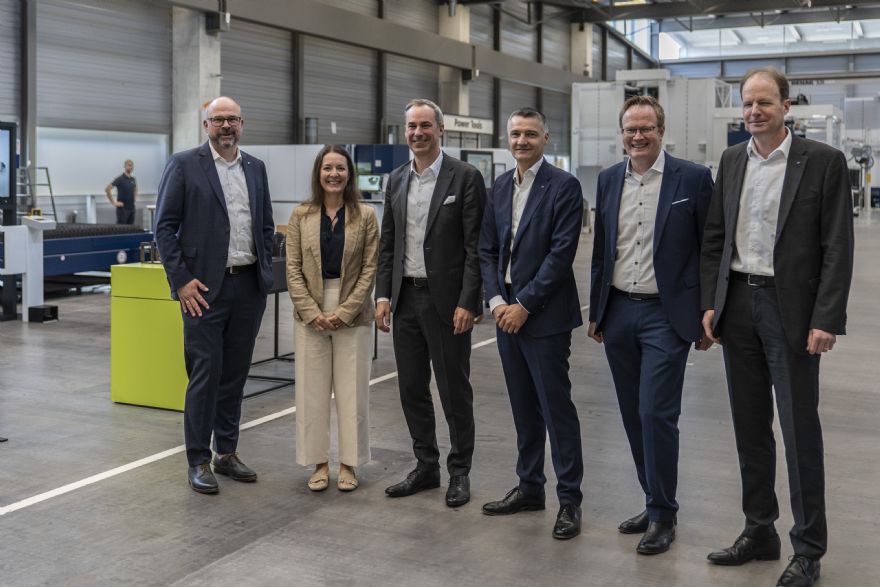
A partnership that aims to enhance industrial production by harnessing advanced digital manufacturing solutions has been announced by the technology company
Siemens and the machine tools and laser manufacturer
Trumpf.
The companies will address the disconnect between information technology (IT) and operational technology (OT) systems that has ‘historically hindered production efficiency and innovation’, by leveraging Siemens’ Xcelerator portfolio and Trumpf’s manufacturing capabilities. This partnership will see both companies working on open and interoperable IT interfaces that will help to advance artificial intelligence (AI) readiness for motion control applications.
Cedrik Neike, a Board member at Siemens AG and CEO of Siemens Digital Industries, said: “Real transformation in a factory begins when machines on the shopfloor are connected through a shared digital backbone, thereby ensuring that data flows seamlessly, decisions happen faster, and production responds to changing conditions. By working with Trumpf, we are making that connection effortless and bridging the gap between IT and OT so that manufacturers can move faster, adapt in real time, and prepare for the AI era.”
He went on to say that this collaboration will also deliver tangible customer benefits through modular system architecture and unified system solutions. “Standardised interfaces will allow for seamless connectivity between shopfloor equipment and enterprise-level systems. Customers will benefit from increased operational efficiency, reduced engineering costs, and future-proof scalability by using open, modular automation solutions. These are key to ensuring future-proof AI readiness that will permit customers to achieve faster time-to-market, improved production flexibility, and competitive manufacturing operations.”
Stephan Mayer, CEO of machine tools at Trumpf, concluded: “As a leading company for smart factory solutions in the sheet metal industry, Trumpf’s cooperation with Siemens underpins our position as a solution provider. Thanks to the open standards, our customers will benefit even more from the digital networking of the production — from our machines to robots, grippers and part recognition with the help of AI.”